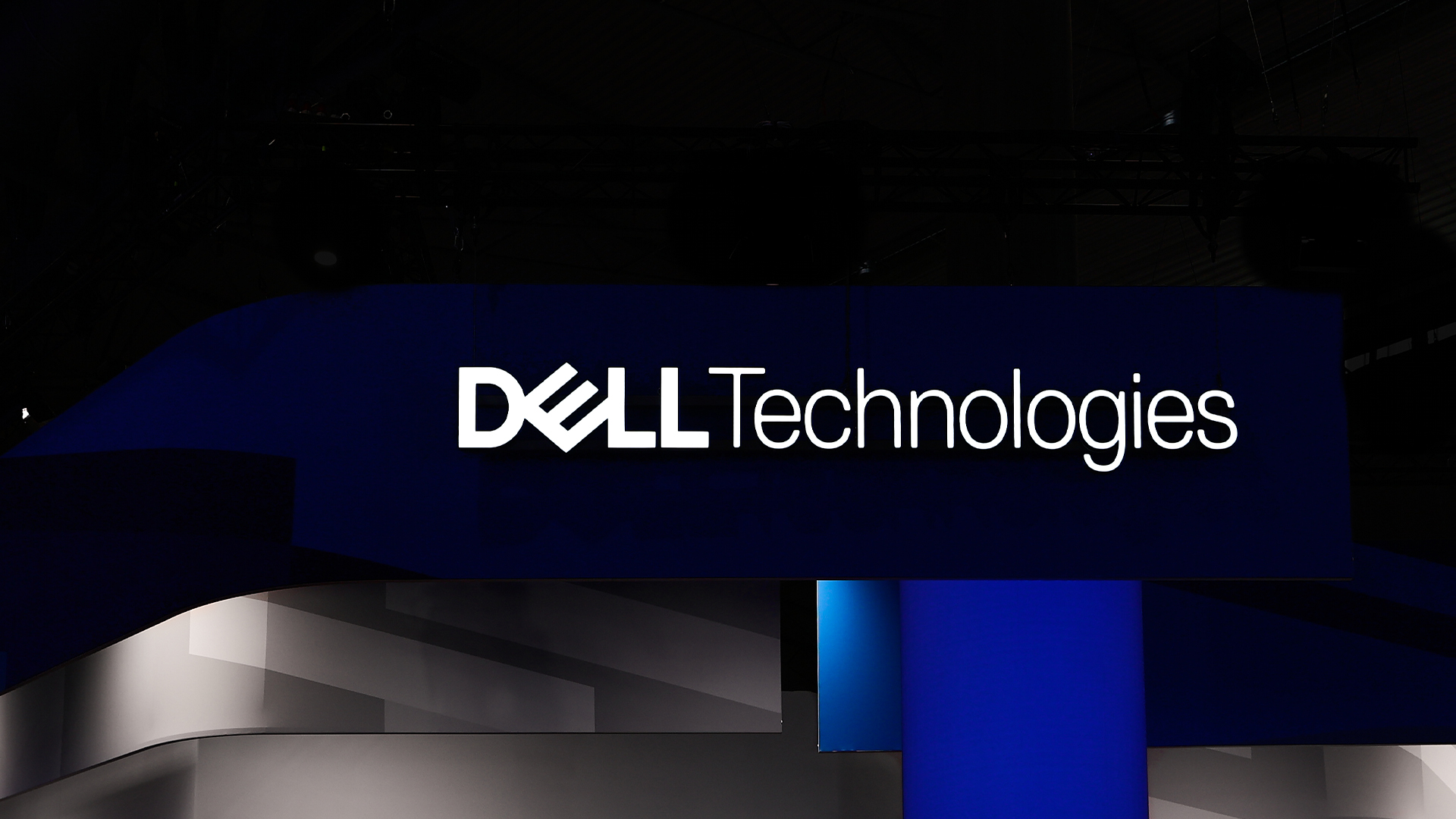Moving away from the overprovisioning mind-set
Overprovisioning has long been a business IT safety net, but is it now time to rethink things?

“It’s better to have it and not need it than to need it and not have it.” This saying has been much used over the years and to a certain extent has served as a mantra for IT decision makers (ITDMs) everywhere who were kept up at night by the thought of hitting a capacity wall.
The thinking being that it was better to overprovision just in case than be caught out by unexpected peaks in demand. But while this is very much engrained in rational thinking it really doesn’t make business sense for a number of reasons.
Firstly it’s an outdated concept that doesn’t marry with how storage and compute resource is bought and consumed these days.
Secondly, it is potentially incredibly wasteful and far from cost effective. You could be spending large volumes of budget on something that never gets used only to run into capacity issues when you need more bandwidth just a few days, weeks or even months later.
It also unnecessarily complicates things and ties up precious ITDM and IT staff resources when they could be working on other initiatives or projects and innovating to help derive increased value elsewhere in the business.
The answer lies in the as-a-Service consumption model where demand dictates supply rather than supply being largely guesswork and based on historic information or trends rather than real-time activity.
As-a-Service isn’t some blue-sky prediction that may or may not come to fruition. It’s already being embraced and adopted by organisations of all sizes and all sectors – and that’s just the tip of the iceberg.
Indeed, Gartner has suggested that we’re about to see a surge in storage consumption either as-a-Service or via subscription. Less than 15% of newly deployed storage capacity is expected to be consumed via these delivery mechanisms this year, with that figure expected to swell to more than 50% come 2024, according to the analyst firm.
Other industry experts concur with the future direction of travel for service-focused consumption of business-driven technologies and services.
“By the end of 2021, the agility and adaptability that comes with as-a-Service consumption will drive a 3X increase in demand for on-premises infrastructure delivered via flexible consumption/as-a-Service solutions,” said Rick Villars, group vice president of worldwide research at IDC.
Navigating change together
A certain level of nervousness regarding any change – but particularly one related to capacity levels – is very natural. Making the wrong decisions can be costly and damaging to reputation for the individual and the wider business.
ITDMs, however, should not let this act as a barrier to important evolutionary steps that will set their business on the right course for the future. Instead they should be even more selective in their choice of supplier because it is that bond and trusted relationship that will be key to ensuring all the benefits of the as-a-Service dream are fully realised.
With IT spending set to increase by 8.6% in 2021 (according to Gartner), plotting the right path forward has never been more important – and trusted partnerships will be key.
“Technology spending is entering a new build budget phase,” said John-David Lovelock, distinguished research vice president at Gartner*.
“CIOs are looking for partners who can think past the digital sprints of 2020 and be more intentional in their digital transformation efforts in 2021. This means building technologies and services** that don’t yet exist, and further differentiating their organisation in an already crowded market.”
Furthermore, making changes to the way things are done gives ITDMs a chance to get business decision makers (BDMs) and other business stakeholders more involved in the discussion about what is needed to achieve the desired business outcomes. By involving a wider group to help steer things, success becomes a collaborative group activity rather than a burden belonging to just IT or siloed areas of the business.
While the majority of digital transformation efforts have failed (73% according to Everest Group), many firms have decided to accelerate digital initiatives because of the COVID-19 pandemic. This means a business and IT conversation is one absolutely worth having so everyone is on the same page and helping to steer a safe and successful course forward.
“BoDs [board of directors] play a strong role in helping the executive leadership team focus beyond the short-term risks associated with this extended pandemic,” said Partha Iyengar, distinguished research vice president at Gartner†.
“Technology-driven digital transformation can, and should be, a strong enabler in addressing employee, customer, supply chain and broad brand impact to position the enterprise to come out of the crisis stronger.
“CIOs and the rest of the executive management team should engage with the BoD on creating a longer-term strategy for revival – and even survival – post crisis.”
Collaborative consumption and digestion
The as-a-Service model has been embraced by industry leaders, too, who want to be viewed as trusted advisors and partners in business success rather than simply being another vendor/customer relationship. And, in the as-a-Service world, trust, transparency and talking (and listening) remain key.
Dell Technologies, for example, launched its APEX family of as-a-Service solutions in May this year. This portfolio is designed to simplify how organisations consume technology as well as reducing the complexities historically associated with the acquisition, management, and maintenance and servicing of physical IT infrastructure, according to Dell.
Importantly, this addresses the scale issue that overprovisioning previously attempted to solve in a much neater and fit-for-purpose way. With APEX, businesses can scale whenever they require whether that’s to launch new applications or projects in an agile fashion or simply to respond to differing customer or organisational requirements.
"The world is innovating faster than ever to meet new demands of customers, students, patients and constituents – driving the need for a more agile and simple technology approach. This is what APEX offers," said Allison Dew, chief marketing officer and executive vice president of Dell Technologies APEX.
“With the industry’s leading IT portfolio, decades of data centre services experience and an unmatched global supply chain and partner network, no other as-a-Service portfolio comes close to our capabilities.”
Another reason why overprovisioning has historically been used as a tech safety net for businesses is the management involved in capacity planning and utilisation monitoring and management. APEX offerings are managed by Dell – leaving ITDMs free to innovate rather than keep the lights on – but can also be easily accessed and analysed through a single console.
This console is designed to achieve three key goals: simplicity, agility and control. It is designed to help businesses and ITDMs focus on outcomes rather than being bogged down by infrastructure worries that help rather than hinder progress.
“Organisations around the world seek to be more digital in order to modernise operations and foster innovation,” Itzik Reich, vice president, Technologists, ISG at Dell EMC wrote in a recent blog post††.
“Increasingly, the path to digital is through an as-a-Service model. The preference is for a hybrid cloud approach, because business and IT leaders want the flexibility to choose the right path to best meet their objectives. This is why we’re seeing the mixed use of private cloud, public cloud and on-premises infrastructure. Customers tell us they use on-prem private cloud for risk mitigation, fast performance and cost containment. These are all on the list of top factors driving decisions on where organisations place workloads, according to research we’ve commissioned. Customers are turning to public cloud for simplified operations and increased agility. These are important drivers for accelerating innovation, which is a primary reason for its popularity.
“What’s abundantly clear is that both private cloud and public cloud have their strengths, yet there are trade-offs. Our customers tell us they want a solution that brings together the best of what public and private cloud each has to offer. APEX is what bridges this divide, offering the best of both clouds…”
There are a number of other benefits that can be delivered via the APEX consumption model above and beyond greater predictability and management. These include (but are not limited to):
- Fast time to market with agile approach – businesses can deploy APEX IT resources in just 14 days and then expand that footprint in a matter of days
- APEX Cloud Services help streamline operations and automate lifecycle management. Post resource selection, firms are able to take advantage of the industry’s speediest hybrid cloud deployment, which can prove up to 86% faster than DIY hybrid cloud
- Exceptional levels of support and a continued dialogue that places your business outcomes and results at the heart of every conversation and action. When it comes to APEX Data Storage Services, for example, a customer success manager (CSM) sits between the ownership and control of business outcomes and the infrastructure to ensure a consistently hassle and worry free experience
- A focus on outcomes rather than products
- Based on consumption and usage rather than gut feeling or historic activity
- OpEx vs CapEx
- Makes use of elastic resources
- Dell owned and maintained, but customer operated so control stays where it needs to be
Customers are also excited about the potential to revitalise their capacity and provisioning methods, and focus on successful outcomes rather than tech challenges, through as-a-Service offerings such as APEX.
“It’s our mission to build the important personal relationships with our patients to support them in achieving a healthy, vibrant life,” said Jay Pendergraft, director of business computing services for healthcare firm Magellan Health.
“Technology is the lifeblood of our organisation and with Dell Technologies APEX, we have better control of the infrastructure that helps us serve our patients faster and more effectively.”
Visit the Dell Technologies site to explore APEX
Disclaimer
Disclaimer
Get the ITPro daily newsletter
Sign up today and you will receive a free copy of our Future Focus 2025 report - the leading guidance on AI, cybersecurity and other IT challenges as per 700+ senior executives
ITPro is a global business technology website providing the latest news, analysis, and business insight for IT decision-makers. Whether it's cyber security, cloud computing, IT infrastructure, or business strategy, we aim to equip leaders with the data they need to make informed IT investments.
For regular updates delivered to your inbox and social feeds, be sure to sign up to our daily newsletter and follow on us LinkedIn and Twitter.
-
 CISA issues warning in wake of Oracle cloud credentials leak
CISA issues warning in wake of Oracle cloud credentials leakNews The security agency has published guidance for enterprises at risk
By Ross Kelly
-
 Reports: White House mulling DeepSeek ban amid investigation
Reports: White House mulling DeepSeek ban amid investigationNews Nvidia is caught up in US-China AI battle, but Huang still visits DeepSeek in Beijing
By Nicole Kobie
-
 Scale of Dell job cuts laid bare as firm sheds 10% of staff in a year
Scale of Dell job cuts laid bare as firm sheds 10% of staff in a yearNews Dell Technologies’ workforce has reduced significantly in recent years, figures show, with headcount at the tech giant dropping by 10% in 2025 alone.
By Nicole Kobie
-
 Dell Technologies just revamped its Partner Program for 2025 – here's what to expect
Dell Technologies just revamped its Partner Program for 2025 – here's what to expectNews Dell Technologies has unveiled its revamped Partner Program for 2025, offering a range of new incentives for partners.
By Emma Woollacott
-
 'Nothing is faster than the speed of human interaction': Dell orders staff back into the office as the company shakes up hybrid working practices
'Nothing is faster than the speed of human interaction': Dell orders staff back into the office as the company shakes up hybrid working practicesNews Dell Technologies has ordered staff to return to the office five days a week, according to reports, with some exceptions allowed for staff located too far from physical office sites.
By Emma Woollacott
-
 Meta layoffs hit staff at WhatsApp, Instagram, and Reality Labs divisions
Meta layoffs hit staff at WhatsApp, Instagram, and Reality Labs divisionsNews The 'year of efficiency' for Mark Zuckerberg continues as Meta layoffs affect staff in key business units
By Ross Kelly
-
 Business execs just said the quiet part out loud on RTO mandates — A quarter admit forcing staff back into the office was meant to make them quit
Business execs just said the quiet part out loud on RTO mandates — A quarter admit forcing staff back into the office was meant to make them quitNews Companies know staff don't want to go back to the office, and that may be part of their plan with RTO mandates
By Nicole Kobie
-
 Microsoft tells staff it won’t follow Amazon or Dell on enforcing a return to the office – but there’s a catch
Microsoft tells staff it won’t follow Amazon or Dell on enforcing a return to the office – but there’s a catchNews While other big tech companies are forcing reluctant workforces back into the office, Microsoft isn’t following suit
By George Fitzmaurice
-
 Amazon workers aren’t happy with the company’s controversial RTO scheme – and they’re making their voices heard
Amazon workers aren’t happy with the company’s controversial RTO scheme – and they’re making their voices heardNews An internal staff survey at Amazon shows many workers are unhappy about the prospect of a full return to the office
By Ross Kelly
-
 Predicts 2024: Sustainability reshapes IT sourcing and procurement
Predicts 2024: Sustainability reshapes IT sourcing and procurementwhitepaper Take the following actions to realize environmental sustainability
By ITPro
